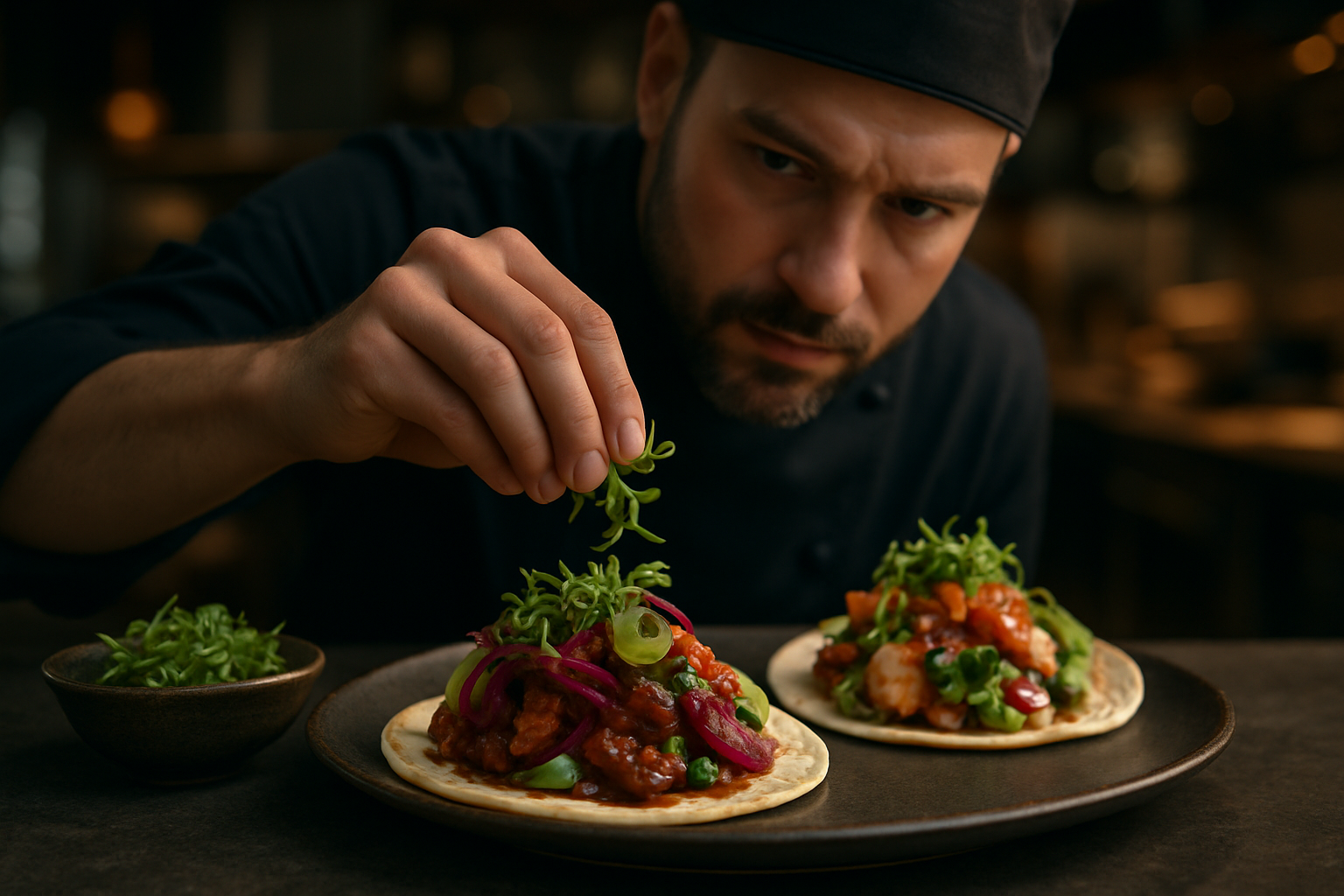Suburban Foodscapes: The Culinary Revolution Beyond City Limits
Introduction: Discover the transformative power of suburban foodscapes as they reshape American culinary culture. From farm-to-table initiatives to innovative dining concepts, these emerging hubs are redefining the gastronomic landscape beyond urban centers. Read below to explore how suburbs are becoming the new frontier for food enthusiasts and culinary entrepreneurs.

From Bedroom Communities to Culinary Destinations
Historically, suburbs were viewed as residential havens, with limited dining options beyond national chains. However, the past decade has seen a dramatic shift in this paradigm. Many suburbs are now positioning themselves as culinary destinations in their own right. This transformation is partly due to the influx of diverse populations, bringing with them rich food traditions and a demand for authentic cuisines. Additionally, the migration of experienced chefs from urban centers, seeking lower rents and untapped markets, has infused suburban areas with culinary expertise and innovation.
The Rise of Suburban Food Halls and Markets
One of the most significant developments in suburban foodscapes is the emergence of food halls and markets. These spaces serve as incubators for local culinary talent and provide a platform for diverse food offerings. Unlike traditional malls or strip centers, these food-centric destinations emphasize community, quality, and experience. They often feature a mix of established local restaurants, up-and-coming chefs, and artisanal food producers. This model not only provides variety for consumers but also lowers the barrier to entry for aspiring food entrepreneurs, fostering a dynamic and ever-evolving culinary landscape.
Farm-to-Table 2.0: Suburban Agriculture and Hyperlocal Sourcing
The suburbs are uniquely positioned to bridge the gap between urban consumers and rural producers. Many suburban communities are embracing urban agriculture, converting unused spaces into community gardens and small-scale farms. This trend has given rise to hyperlocal sourcing, where restaurants and markets can obtain ingredients from within their immediate community. Some suburbs have taken this concept further by developing food-centric planned communities, where residential areas are integrated with working farms and food production facilities. This model not only ensures fresh, local produce but also educates residents about food systems and sustainable agriculture.
Culinary Innovation in Unexpected Places
Suburban foodscapes are becoming hotbeds of culinary innovation, often in unexpected locations. Former big-box stores are being repurposed into food halls, abandoned office parks are transforming into culinary incubators, and suburban strip malls are housing some of the most exciting new restaurants. This trend is partly driven by the availability of space and lower operational costs compared to urban centers. It’s also a response to changing consumer preferences, with diners seeking unique experiences and authenticity over convenience. These unconventional spaces allow chefs and restaurateurs to experiment with formats and concepts that might be too risky or expensive in more traditional urban settings.
The Impact on Suburban Identity and Community
The evolution of suburban foodscapes is having a profound impact on suburban identity and community dynamics. Food has become a central element in placemaking efforts, with many suburbs using their culinary offerings as a key differentiator and attraction. This focus on food is fostering a stronger sense of community, with food-centric events, markets, and festivals becoming focal points for social interaction. Moreover, the emphasis on local and artisanal products is strengthening connections between residents and local producers, creating a more robust and resilient local economy.
Challenges and Future Directions
While the transformation of suburban foodscapes presents exciting opportunities, it also faces challenges. Zoning regulations, designed for traditional suburban development patterns, often need updating to accommodate new food-based businesses and mixed-use developments. There’s also the risk of gentrification and displacement as areas become more desirable due to their culinary offerings. Looking ahead, successful suburban foodscapes will need to balance growth and innovation with inclusivity and sustainability. This may involve developing programs to support diverse food entrepreneurs, implementing sustainable food waste management systems, and creating policies that ensure food security for all residents.
Conclusion
The rise of suburban foodscapes represents a significant shift in American culinary culture. No longer mere satellites of urban centers, suburbs are becoming vibrant food destinations in their own right. This transformation is reshaping not just how and where we eat, but also how we think about community, sustainability, and the very nature of suburban life. As this trend continues to evolve, it promises to create more diverse, resilient, and flavorful communities across the country.





